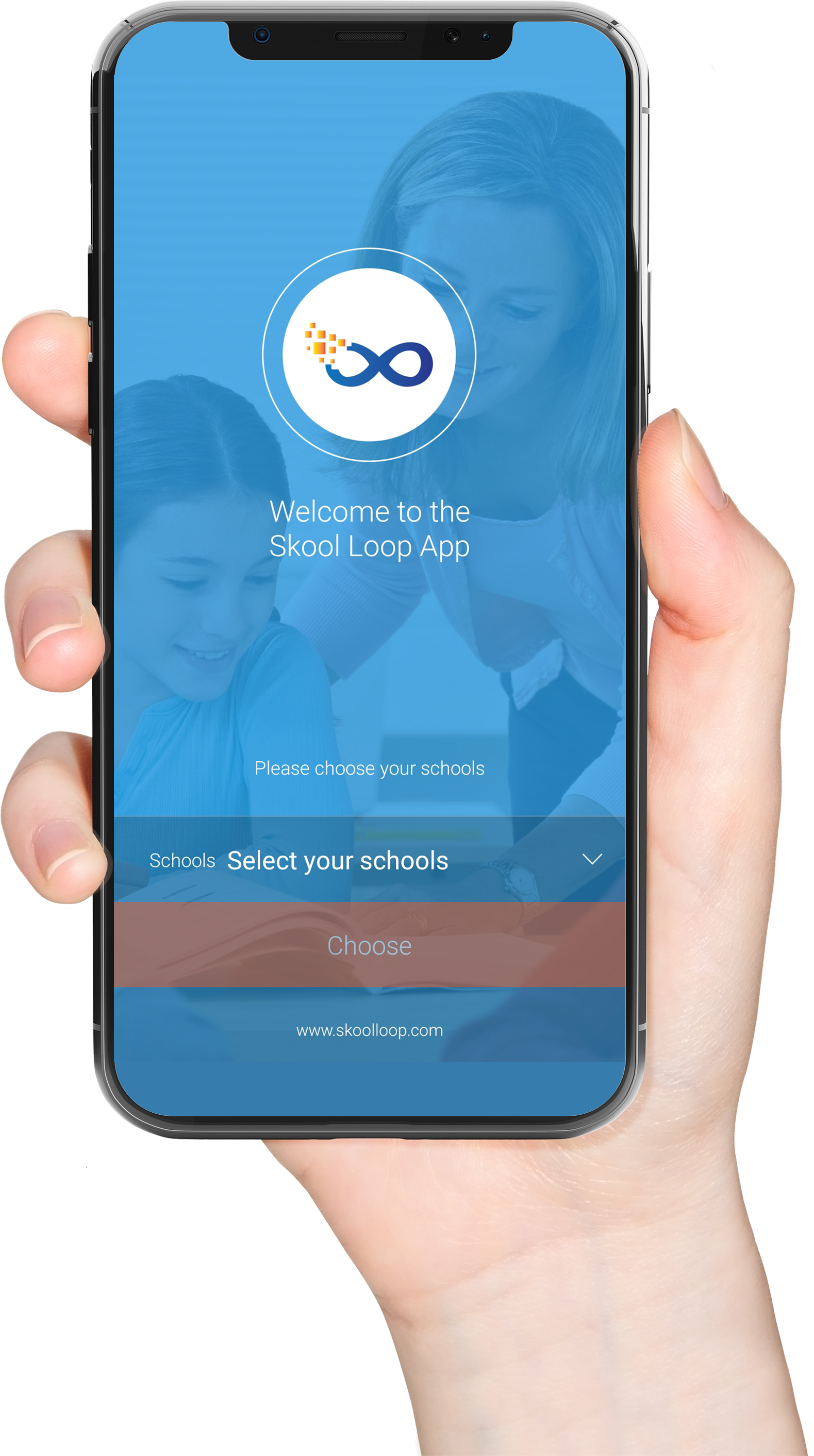

We recommend using these Online Reading resources at home. Below the apps are some activities you can do after reading.
Click on the images to take you to the websites. The images with more text underneath are not linked to a website unless it is says so in the text.
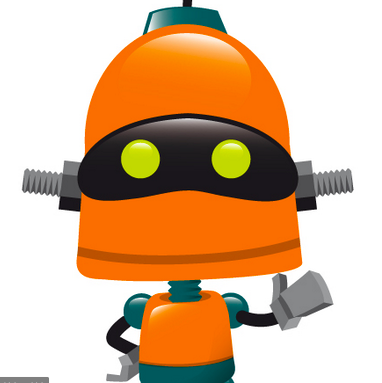 Kiwi Kids News Kiwi Kids News |
 Stories to Listen to Stories to Listen to |
 Reading Activities Reading Activities |
 Interactive Quizzes Interactive Quizzes |
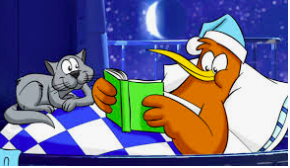 Goodnight Kiwi Story Time Goodnight Kiwi Story Time |
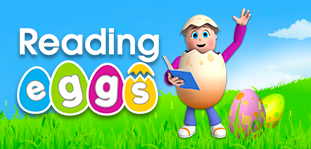 Good Programme - Free Trail Then it Costs Good Programme - Free Trail Then it Costs |
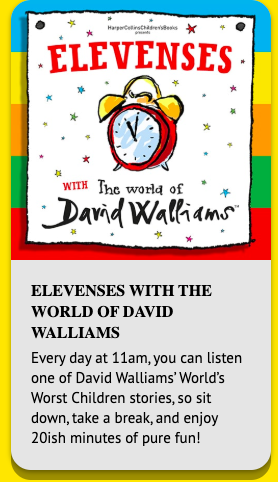
The World Of David Walliams. Click on this link, scroll down to elevenses and you will find a story each day to listen to. |
 The Stay Home Book Club is a new online reading challenge from Read NZ Te Pou Muramura. We want to help Kiwi kids explore new and familiar stories during this stay-home time. Children aged 5-14 are invited to register for free and choose their team to play for. Each team is named after a native bird. There are prizes! The Stay Home Book Club is a new online reading challenge from Read NZ Te Pou Muramura. We want to help Kiwi kids explore new and familiar stories during this stay-home time. Children aged 5-14 are invited to register for free and choose their team to play for. Each team is named after a native bird. There are prizes! |
 Check out some fun things to do with the Library. Remember only do activities with your bubble though! Check out some fun things to do with the Library. Remember only do activities with your bubble though! |
 Learn from home with Auckland Libraries. No library card? No worries! Sign up for an eMembership for full access to our eResources, all from the comfort of your own home! Learn from home with Auckland Libraries. No library card? No worries! Sign up for an eMembership for full access to our eResources, all from the comfort of your own home! |

Kath Bee Listen to her sing songs and read stories |
 Check out Duffy Books in homes Reading resources. Check out Duffy Books in homes Reading resources. |
 Story books brought to life. Sign up for a 30 day free trial. Story books brought to life. Sign up for a 30 day free trial. |
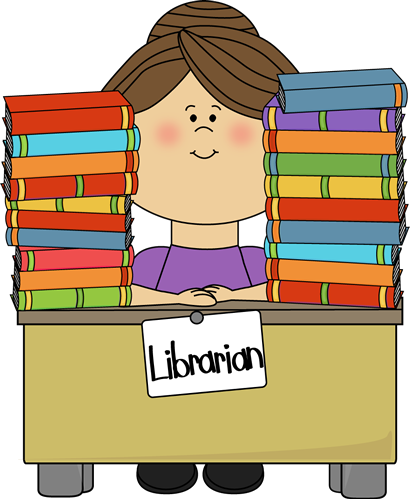 Check out Cosgrove School Library Website Can the correct link be provided here please, it would not work on your old website. Check out Cosgrove School Library Website Can the correct link be provided here please, it would not work on your old website. |

Year 5/6 Visual Literacy. This site has high quality films and animations. All of the films on the site we think are suitable for primary aged children although some films may not be suitable for younger children. |

Epic! is the Leading Digital Library for Kids 12 & Under Instantly access 40,000 of the best books, learning videos, quizzes & more. Join free for 30 days |

New Entrant, Year 1/2 Click on the picture to find 25 fun ways to learn the alphabet. |

New Entrant, Year 1/2 or ESOL students. Here are 50+ fantastic hands on alphabet activities. |
|
|
|
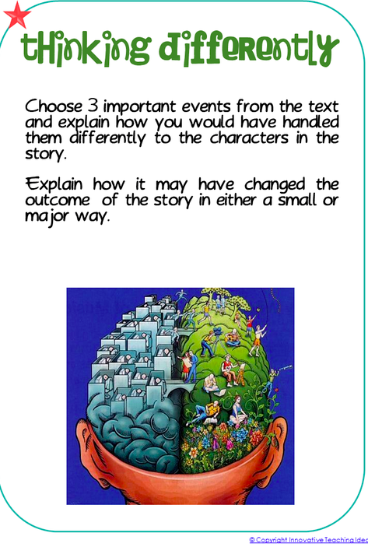
THINKING DIFFERENTLY Choose 3 important events from the text and explain how you would have handled them differently to the characters in the story. Explain how it may have changed the outcome of the story in either a small or major way. Be insightful here and think of the cause and effect. Sometimes your smallest action can have have a major impact on others. |
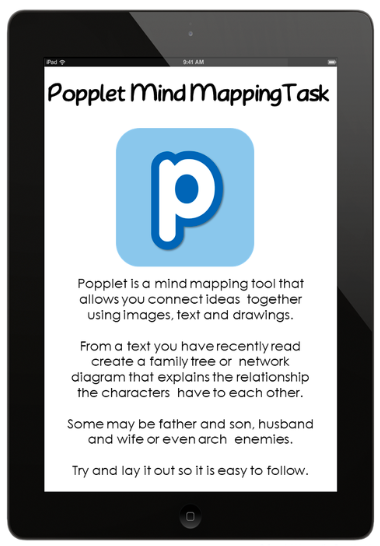
POPPLET MIND MAPPING TASK Popplet is a mind mapping tool that allows you connect ideas together using images, text and drawings. From a text you have recently read create a family tree or network diagram that explains the relationship the characters have to each other. Some may be father and son, husband and wife or even arch enemies. Try and lay it out so it is easy to follow. Click the link below |
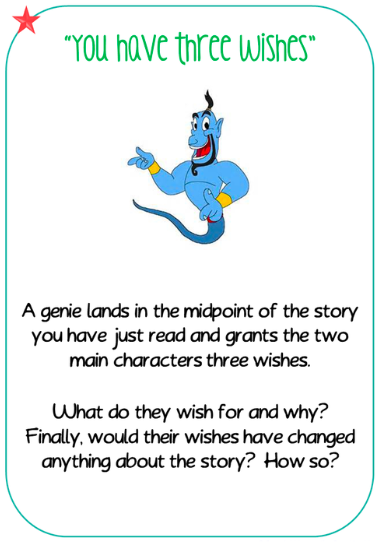
YOU HAVE THREE WISHES A genie lands in the midpoint of the story you have just read and grants the two main characters three wishes. What do they wish for and why? Finally, would their wishes have changed anything about the story? How so? Again think about the cause and effect relationship and how this may have altered the path of the book you have been reading. |
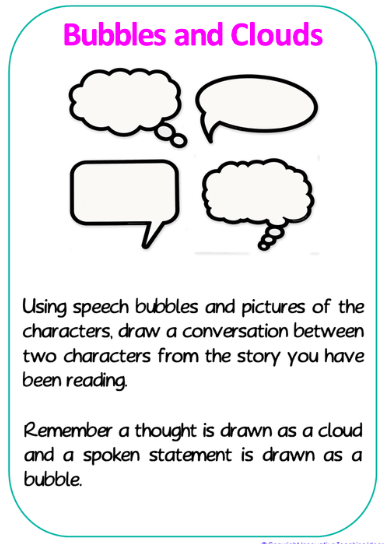
BUBBLES AND CLOUDS Using speech bubbles and pictures of the characters, draw a conversation between two characters from the story you have been reading. Remember a thought is drawn as a cloud and a spoken statement is drawn as a bubble. Be sure to take a look at some comics or graphic novels for some inspiration and insights. This activity is usually best done on pen and paper but there are numerous digital apps and tools which will allow you make this a reality through technology. |

AMAZING ARTEFACTS An artefact is an object that has some significance or meaning behind it. In some cases, an artefact might even have a very important story behind it. I am sure you have got a favourite toy, or your parents have a special item in the house that they would consider an important artefact. For today’s task you are going to select five artefacts from the text you have been reading and explain what makes them significant or important. They don’t all have to be super important to the story but I am sure that at least a couple of them played a major role. Be sure to draw a picture of the artefact and if necessary label it. |
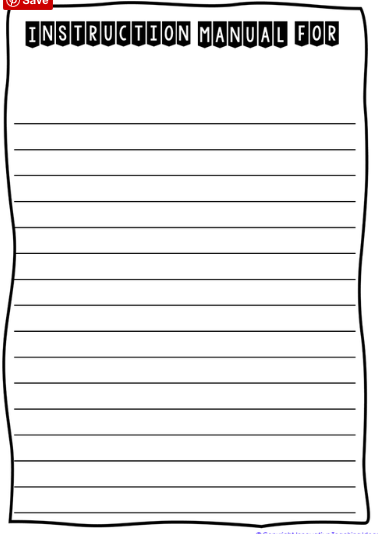
IT'S IN THE INSTRUCTIONS From a book you have just read, select either an important object or creature and create a user manual or a guide explaining how to care for it. Ensure you use any important information learnt from the book as well as any other information you consider to be important. If you are writing a user manual for an object remember to focus on how to use the object correctly and how to take care of it. If you are writing a user guide for an animal or creature focus on keeping it alive and healthy as well as information that explains how to keep it happy and under control if necessary. |
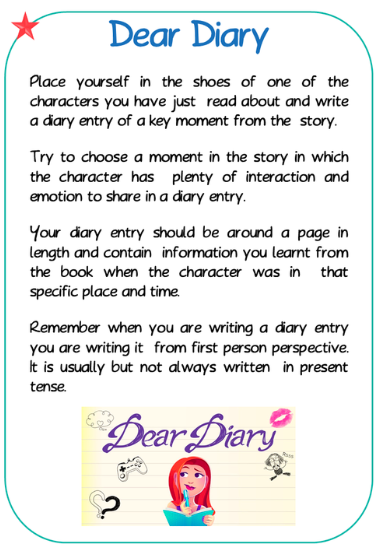
DEAR DIARY Place yourself in the shoes of one of the characters you have just read about and write a diary entry of a key moment from the story. Try to choose a moment in the story in which the character has plenty of interaction and emotion to share in a diary entry. Your diary entry should be around a page in length and contain information you learnt from the book when the character was in that specific place and time. Remember when you are writing a diary entry you are writing it from first person perspective. It is usually but not always written in present tense. Diary writing has been a very popular activity. |
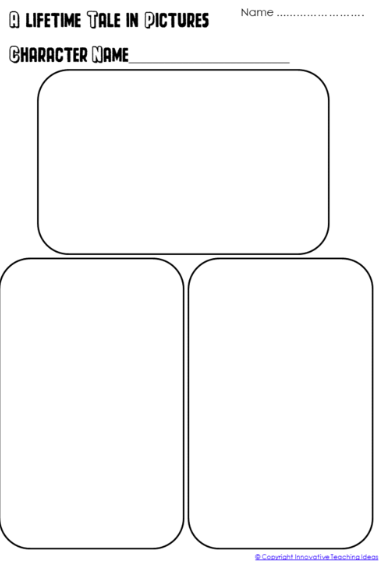
A LIFETIME TALE IN PICTURES Draw the main character from a book you have recently read. Show them as a baby, middle aged and as an older person. Underneath each picture write what you think they might be doing at that point of their life, and explain why they may be doing so. For example if you drew Harry Potter as a baby, he might be casting spells on his mum to feed him lots of yummy food. This activity is very easy for all age groups to adapt their skill level and text style. |
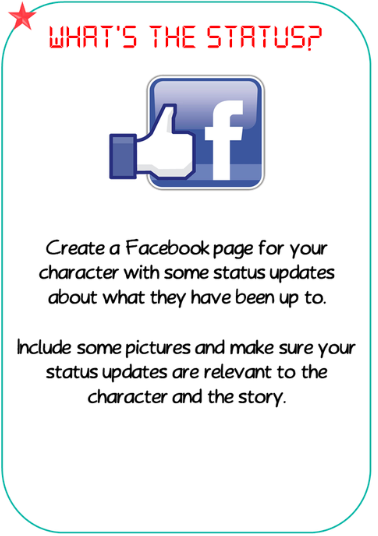
WHAT'S THE STATUS? Create a Facebook page for your character with some status updates about what they have been up to. Include some pictures and make sure your status updates are relevant to the character and the story. Around 3 - 4 status updates with mages should give an overall picture of the character. Use your status updates to explore what your character does for a job, leisure time, places they might go on vacation and the like. |
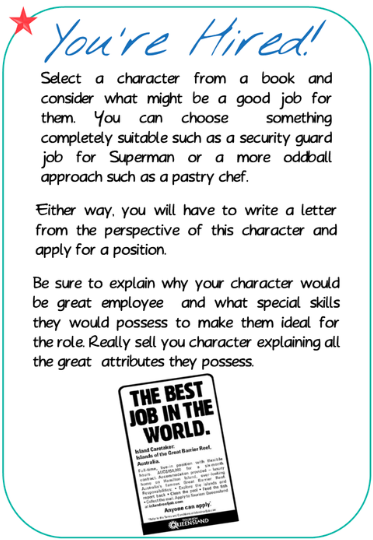
YOU'RE HIRED Select a character from a book and consider what might be a good job for them. You can choose something completely suitable such as a security guard job for Superman or a more oddball approach such as a pastry chef. Either way, you will have to write a letter from the perspective of this character and apply for a position. Be sure to explain why your character would be great employee and what special skills they would possess to make them ideal for the role. Really sell you character explaining all the great attributes they possess. |
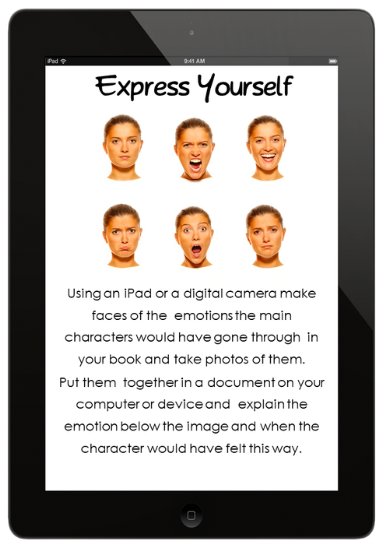
EXPRESS YOURSELF Using an iPad or a digital camera make faces of the emotions the main characters would have gone through in your book and take photos of them. Put them together in a document on your computer or device and explain the emotion below the image and when the character would have felt this way. This is an excellent opportunity to use some creative direction for this task. Be sure to play around with the images, filters and graphical styling available to you. |
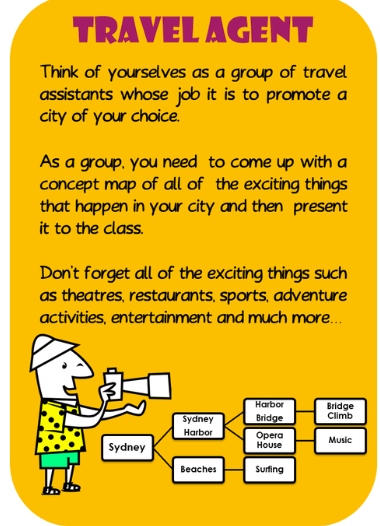
TRAVEL AGENT Think of yourselves as a group of travel assistants whose job it is to promote a city of your choice from the text you have been reading. As a group, you need to come up with a concept map of all of the exciting things that happen in your city and then present it to the class. Don’t forget all of the exciting things such as movie theatre, restaurants, sports, adventure activities, entertainment and much more… If yo are a little short on details of the location of your story do some research if it was a real location or just get creative and make up some locations and tourist attractions based upon what you read. |
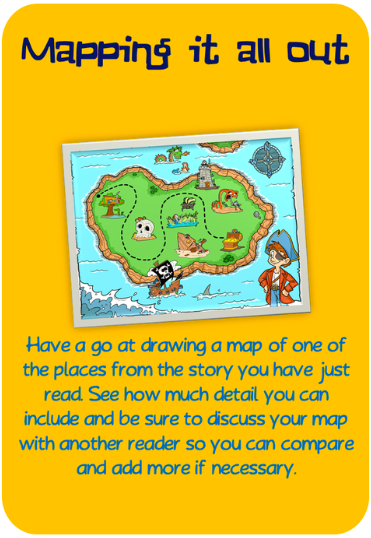 |
Mapping it All Out
Have a go at drawing a map of one of the places from the text you have just read. See how much detail you can include and be sure to discuss your map with another reader so you can compare and add more if necessary. Take some time and effort to ensure your map is appealing to the same audience that the book is aimed at. All good maps should contain the following BOLTS elements. B - Bolts O - Orientation L - Legend T- Title S - Scale |
Parents, please support our local businesses











Call Direct
Send Email
Visit Website

Call Direct
Send Email
Visit Website

Call Direct
Send Email
Visit Website

Call Direct
Send Email
Visit Website

Call Direct
Visit Website

Call Direct
Send Email
Visit Website

Call Direct
Send Email
Visit Website

Call Direct
Send Email
Visit Website

Call Direct
Send Email
Visit Website

Call Direct
Send Email
Visit Website

Scan this code to download the app
Download our Skool Loop App, a simple and free download. In Google Play & App Store search ‘Skool Loop’ and choose our school once installed.
